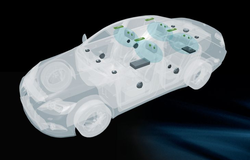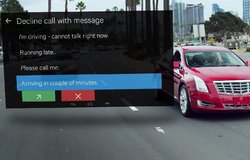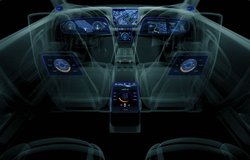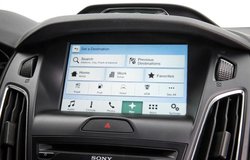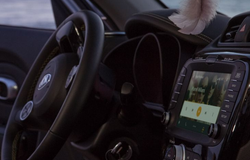A look into the future: Secure connected cars
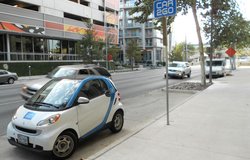
Picture credit: Denis Bocquet
The number of people living in cities is expected to double by 2050, meaning congestion and pollution will increasingly be a problem for city dwellers. As a result the cities of the future will demand smarter traffic management solutions and more intelligent vehicles.
Experts say that the car industry will develop more in the next decade than it has in the last fifty years due to the rise in connectivity and mobile technology. The industry is gearing itself up for the age of the...

